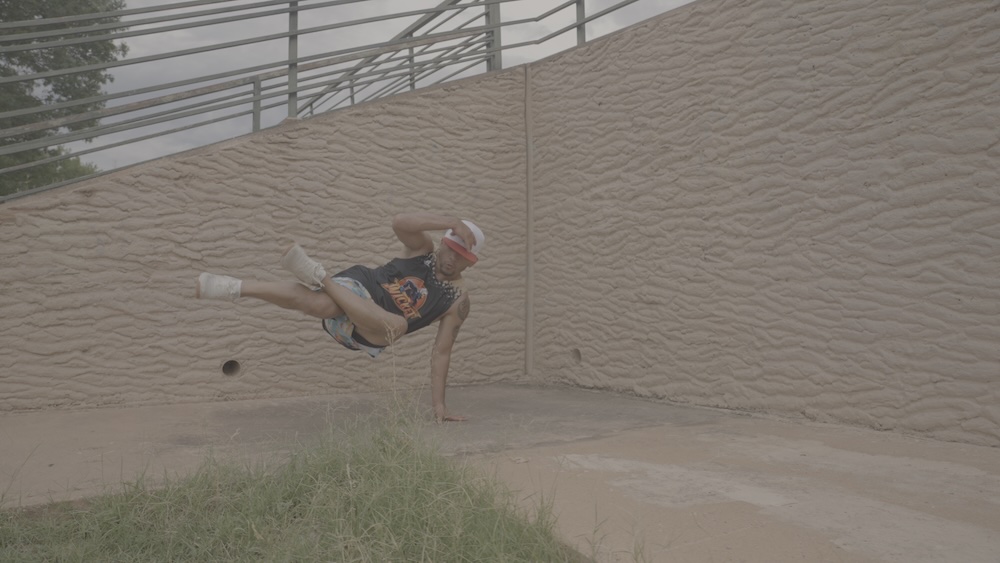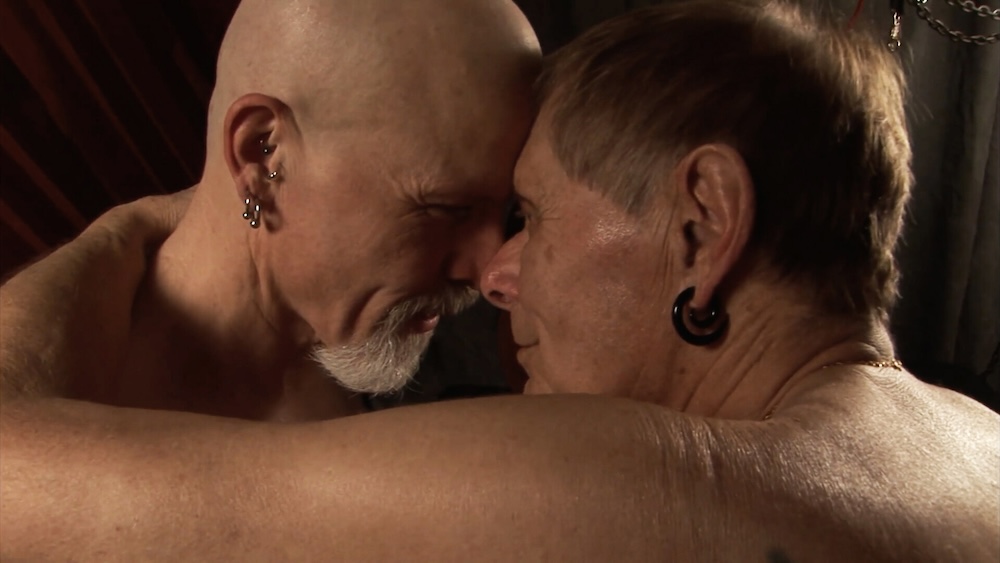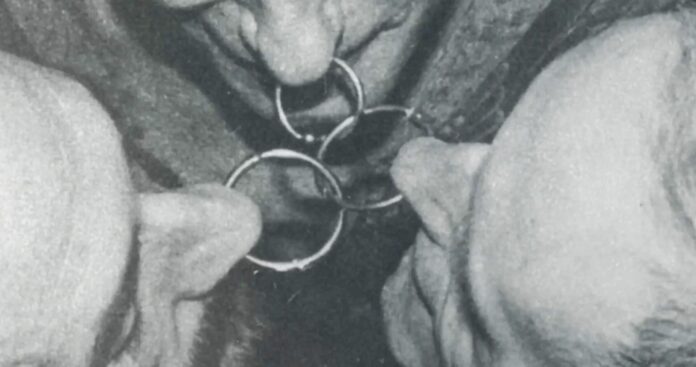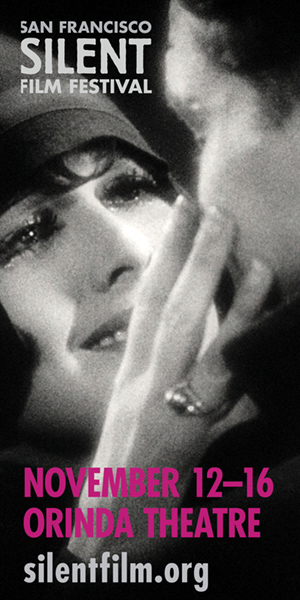San Francisco’s Frameline49, the world’s longest-running LGBTQ+ film festival, offers three standout local documentaries that center queer transformation through embodiment—WICKET, A Body to Live In, and Playing with Fire: An Ecosexual Emergency.
This trio of films, all set in and around the Bay Area, confronts rupture and survival through breakdancing, body modification, and ritualized environmental grief.
Each work asks its subjects—and its audience—how queerness navigates crisis, how the body becomes both battleground and balm, and how identity is shaped in the heat of hardship.
We spoke with the films’ creators and stars.

WICKET
San Francisco’s legendary Bboy Wicket, internationally renowned for power moves and flawless footwork, changed the game in the heyday of hip-hop, redefining what it meant to be the best in breakdancing.
From his time with the SF Renegade Rockers crew to learning East Coast style from Flomaster of Rock Steady, to merging his power and style into something show-stopping and unprecedented, Wicket seemed to have it all by the late ‘90s.
But the closeted man behind the persona, Gabriel Jaochico, who discovered he was gay at age eight, eventually realized that being the best on the outside didn’t mean feeling the greatest on the inside.
Help us save local journalism!
Every tax-deductible donation helps us grow to cover the issues that mean the most to our community. Become a 48 Hills Hero and support the only daily progressive news source in the Bay Area.
“It was one of the worst feelings ever,” he tells 48 Hills. “Every time I did something and got props for it, I felt like I was imploding inside at the same time. Whenever I saw my breakdancing footage, I was insecure about how I looked. It didn’t look like the person I was trying to be.”
This tension between mastery and invisibility is at the heart of WICKET (which screens at Frameline on June 27), pulsing with energy while holding space for its subject’s interior life.
Bursting with mesmerizing footage of ‘90s dance battles and intimate interviews with Wicket, Flomaster, and other iconic B-boys and B-girls, this energizing portrait traces Wicket’s rise to fame paralleled by Gabriel’s struggle with loneliness, isolation, and ultimate decision to come out after meeting the love of his life at SF Badlands in the late 2000s.
What emerges is an earnest and joyful story of the transformative power of art and the power of living as your whole self.
Now 46 and living in Austin, Texas with his partner, Wicket teaches a breaking class at Texas State University in nearby San Marcos.
As he steels himself for the reveal of his entire story with Wicket’s premiere at Frameline49, he tenderly credits his partner with his decision to reveal his soft center to the world at the age of 41 over social media.
“He taught me life,” says Wicket, who predicts his upcoming performance as part of The Bronx Revolution and the Birth of Hip Hop show at Yerba Buena Center for the Arts (June 20-21) may be his last.
“He taught me that I don’t have to be this B-Boy Wicket 24 hours a day. And he was right because I was exhausted, and that’s when I started to realize, ‘I am Gabriel.’ That’s when I started to gain more courage about being my authentic self and not having to hide.”
It’s a statement of clarity that lands with the weight of a suicide drop, and a truth that reframes every clip leading up to it.

A BODY TO LIVE IN
While Gabriel’s transformation is rooted in public performance and coming out, A Body to Live In (screening at Frameline on Thu/19) turns inward, exploring rebirth through body modification, ritual, and the search for transcendence.
Directed by Angelo Madsen, the film examines the life and work of the late Fakir Musafar—born Roland Loomis—the visionary who inspired the term “Modern Primitive.”
Musafar’s journey began long before tattoos and piercings became mainstream. He pushed his body to its limits through practices like flesh suspension, branding, and other rites derived from global Indigenous traditions—filtered through a queer, spiritual, and defiantly individual lens.
His work was deeply controversial, yet undeniably foundational in subcultural circles.
“For Fakir and I, piercing, body modification, and BDSM were not about pain,” his longtime partner, Cléo Dubois, tells 48 Hills. ”We thought of it as an intense sensation that we wanted, that we welcomed.”
For Musafar, the body was not just a site of change but a tool for discovery. By altering the flesh, he believed he could transform consciousness.
“So it was this thing about journeying and revelation and spirituality,” says Dubois.
This belief is not presented as a spectacle in the film, but rather as a profound inquiry.
A Body to Live In incorporates interviews with those who knew Musafar intimately—fellow artists, lovers, and spiritual collaborators. These voices map out not just his influence but also the lineage of queer resistance that body modification represents: the body as text, as protest, as altar.
Dubois, who was no stranger to queer partners prior to meeting Musafar, is not shy about discussing his gender and sexual identities.
“He didn’t put the regular world into anything,” she says. “First is the identity of being in the cracks, which meant that he was genderqueer. Then I supported his desire for exploration with men. There was a part of him that wanted a Daddy, so we created a family with a man who played that role for him erotically. I was pleased about that because it was all out in the open.”
This willingness to go there is at the heart of the film’s emotional core. Musafar lived as someone for whom transformation was a necessity, not an accessory.
The documentary honors both the reverence and discomfort his work inspired. The film is particularly attentive to the AIDS era, during which rituals of pain and healing often overlapped. Musafar’s circles became places where the queer body—stigmatized, sick, and grieved—was reclaimed through art and intention.
“When I started doing body piercing, those affected by AIDS wanted to get pierced,” Dubois says. “They wanted a ritual for themselves that would maybe give them a chance to step aside from their diagnosis for a while.”
More than just a biographical portrait, A Body to Live In is a meditation on what it means to inhabit one’s skin on one’s terms. It challenges viewers to question how pain, identity, and ecstasy coexist—and how those contradictions can be a source of liberation rather than confinement.

PLAYING WITH FIRE: AN ECOSEXUAL EMERGENCY
When lightning ignites a 2020 firestorm in their redwood forest sanctuary in Northern California, longtime lovers and artists Beth Stephens and Annie Sprinkle are forced to evacuate. Their lives are forever changed as they blend loss and grief into ecosexual art by fusing humor, community care, and environmental awareness into a lush and fiery journey of transformation.
Playing with Fire: An Ecosexual Emergency (which screens at Frameline on Fri/20) documents the couple’s adventures in the wake of disaster, while also honoring the broader communities impacted by ecological and social fires.
The blaze that tore through their Boulder Creek town came during an already volatile time. In the same summer, George Floyd was murdered, and the COVID-19 pandemic raged. The film doesn’t treat these events as isolated; instead, it positions them as intersecting catastrophes—each one revealing systemic rupture, personal loss, and the urgent need for new ways of being.
“Fire is a teacher, and it’s neither good nor bad,” Sprinkle tells 48 Hills. “And we learned from fire about birth, death, and then rebirth. So it’s really about the cycle of life. However, we hope that in the redwood forest, people can see that this forest was devastated. And yet there are wildflowers and things that need fire to grow.”
Playing with Fire unfolds not just as a documentary but as a multi-sensory performance. It includes footage of rituals conducted with fellow artists, activists, and spiritual practitioners.
It features the cremation of Sprinkle’s mother and a ceremonial “Wedding to Fire” in the woods, as well as appearances from collaborators including Cassils, Guillermo Gómez-Peña, Lady Monster, and Guillermo Galindo.
The film’s visuals oscillate between ritual and reality, ceremony and debris. But what binds it is a fierce belief in community care and erotic resilience. Fire becomes a collaborator, not just an enemy to be feared, but a force to be understood, seduced, and engaged with creatively.
Throughout the film, the couple leans into ecosexuality—the practice of viewing Earth not as mother, but as lover. It’s a philosophy they’ve long championed, but here it becomes a means of survival.
“Just saying the word allowed us to feel and be who we were meant to be as ecosexuals,” says Stephens. “I think that it’s a different way of connecting than saying you’re an environmentalist. Of course, we’re also environmentalists. Still, there’s a joyfulness and playfulness with ecosexuality and a childlike engagement that allows you to drop your Inhibitions and stereotypes and just feel the connection with the Earth, which is always a profound and deepening experience.”
Each of these three films, in its way, uses the body to tell a larger story. In WICKET, the body dances until it cannot lie anymore. In A Body to Live In, the body is pierced, scarred, and sanctified. In Playing with Fire, the body becomes one with the land, transformed by flame and ritual.
FRAMELINE49 runs through June 28. For tickets and more info, go here.





